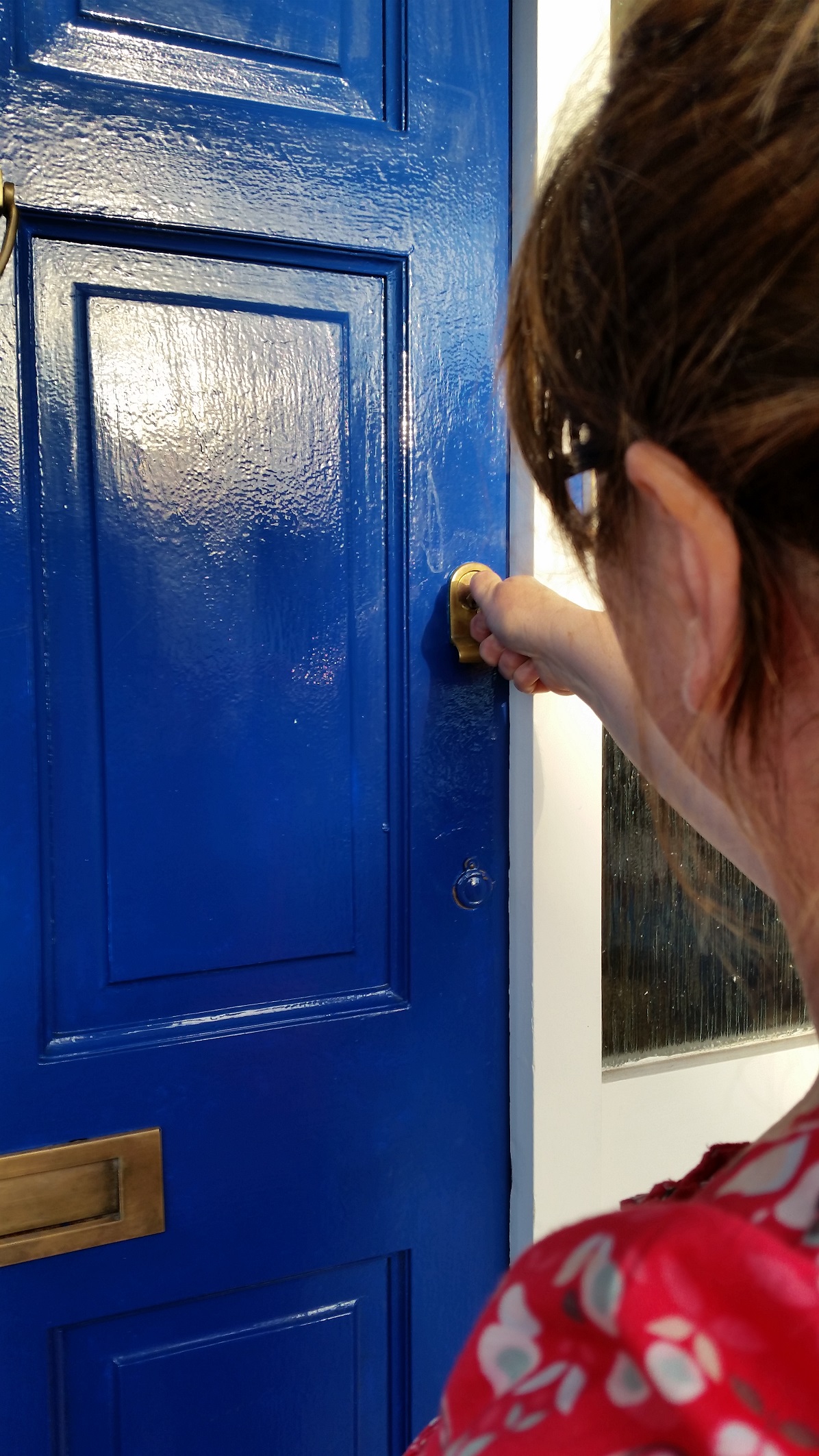
How are you at influencing others in meetings?
If you’ve been invited to a meeting at work, how do you ensure that you make a valuable contribution, that you are able to make an impact and influence proceedings in an appropriate way?
How not to do it!
About 8 years ago, having stepped up from my previous role as project manager, I joined the Transformation team and had to travel up from Bristol to London every week to attend senior stakeholder meetings where we would discuss programme strategy, current in-flight project progress and key decision points. Usual programme management stuff really. Only, I was the newbie on board and wanted to make an impression and demonstrate I was adding value…
Being the “eager-beaver”, I would sit on the front edge of my chair, leaning forward over the desk and listening intently for every opportunity to chip in with agreements, additional information, and be so intent on focusing on the flow of conversation, waiting for “my turn”, that I was oblivious to the mood in the room, the body language of others and the political games that were playing out around me, between others.
When it was “my turn”, my breathing was fast, high in my chest and my voice came out as a squeak! I recall that I delivered my progress update quickly and then shut up, a bit embarrassed to say any more.
I guess I didn’t really make an impact in that meeting, although I definitely improved in subsequent meetings with some solid advice from a senior colleague. And since then, with NLP and Influencing skills training, I’m now more aware of what’s going on, who the key influencers in the meeting are, and I’m able to make more impact myself.
So how can we make an impact?
Seating position
Whoever the most significant person is at the meeting, sit in a place where you can keep them in sight and they can keep you in sight, but not opposite them – that way, you’re not confronting them across the table. You can observe their mood and body language for any tell-tale signals and they don’t have to stretch around to see you when you’re talking.
Posture
Who can you think of that really has great poise in meetings, that has presence? How do they sit – are they hunched forwards or leaning back? How much space are they occupying? How is their breathing – is it shallow or deep, fast or slow? Model them – act as if you are them.
For those of you who’ve not seen it yet, there’s a really great TED talk by Harvard psychologist, Amy Cuddy about powerful poses, which will help.
People-watching
Time to explore the movers and shakers around the room! Notice where they sit, how they sit, etc (as above Posture). But also watch who follows who in subtle body language gestures, as that gives an indication of who has most influence amongst the group. In neuro-linguistic programming (NLP), this is referred to as matching and mirroring. When you become aware of what’s going on, then you can use this consciously for yourself with subtle matching of the people you want to influence and the signal you’re giving to their sub-conscious is “I’m like you, so you can begin to trust me”. When you’ve employed this skill well and for long enough, it’s possible to take the lead with the gestures so that others will follow – and then you become the influencer! But please, do this with a positive intent for those involved, or things may not go the way you want!
When to talk and when to be silent
One of my senior colleagues gave me some really valuable advice on this. The result of applying this well is being remembered for contributing in discussion, creating allies and having impact. Here’s the key points:
- Say as little as possible
- Make sure you say something
- Be present for others – actively listen to what they have to say, understand their viewpoint
- Wait to be asked, or ‘offer an opinion’
- Verbally support at least one other person in the room
- There’s plenty of time to take a breathe and speak, without talking over others
Positively framed
When we have an opinion on a subject, it’s easy to get so caught up in our head with this, that we forget to pay attention to others’ perspectives. And when we do open our mouths, what comes out potentially disregards what’s just been said (because we weren’t listening properly!) with that nasty BUT word starting our sentence.
If we repeat a key word or phrase of what was said, and then use ‘AND’ before our own offering, it shows we were listening and valuing the other person’s viewpoint, as well as contributing our own value to the discussion.
There’s many ways to express an opinion, the secret is to do so holding others in high regard and focus your words on how you can achieve the required outcome together, not reinforcing the problem(s).
Being congruent in your communication
Watch out that your body and your vocal tone isn’t communicating something different to what your words are saying! It’s easy to pick up on other people’s body language and voice and form an opinion on whether you believe them or not. And if you are doing that to them…… Make sure your whole body is giving the same message.
Where can you apply this?
I’d love to hear from you how useful you found the above tips, where this will be relevant to your situation and what results you achieve through applying them. Please comment below and let me know.
Time to Play!
So my challenge to you is to play with these tips for 1 month, bookmark this post and come back to it at the end of January 2017 and comment how you’ve got on. It take practice.
If this blog strikes a chord with your own work situation (or even meetings outside of work), and you’d like to have a conversation with me about how I can help you through Coaching, then click here to go to my Contact page and send me a request.


